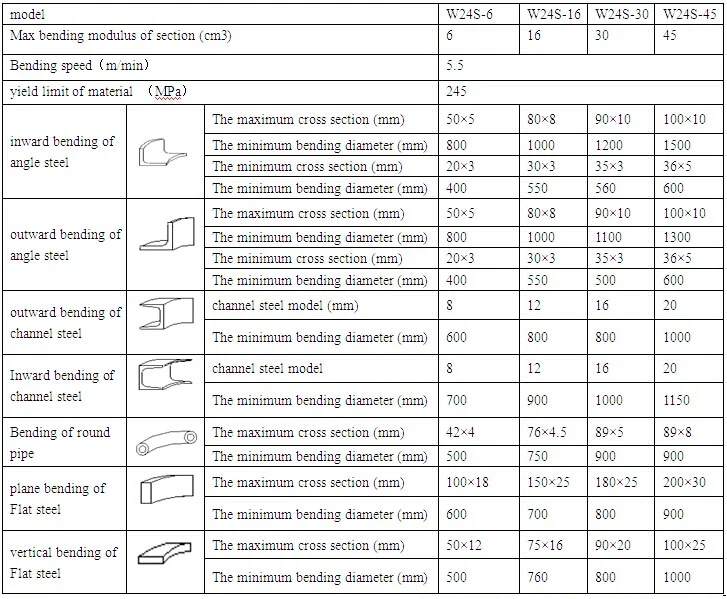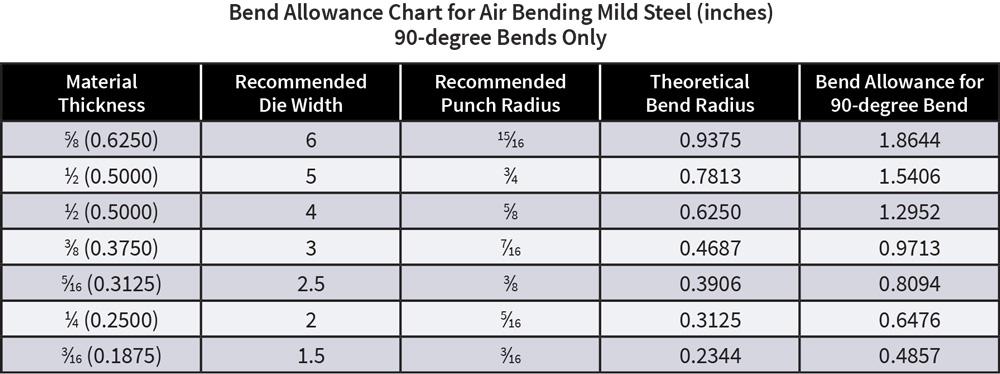

If you have a job with a thick wall formed to a big radius, you probably won’t need a wiper die or mandrel. Some applications call only for a bend die, a clamp die, and a pressure die. The application will determine the tooling you will need. The length of the pressure die depends on the part’s degree of bend and the centerline radius. This provides the reactionary force to make that bend. The minimum tool requirements for rotary draw tube bending are the bend die, around which the tube is bent, and the clamp die, which holds the tube in place as it bends around the bend die.Ī pressure die helps maintain constant pressure on the tube at the tangent, where the bend is occurring. Two things occur during rotary draw tube bending: The outside wall of the tube collapses and thins, and the inside of the tube compresses and wrinkles. Why? It has to do with one tooling component that’s especially critical for tube bending applications involving thin walls and tight radii: the wiper die. The first bend comes off the machine with wrinkles inside the bend. Operators load all the tools on the bending machine and try a test bend. Tooling from another application is in-house, so the shop can produce prototypes right away.

This new application calls for a 2-in.-OD tube with a 0.035-in. All seems right with the world.Ī few months go by and the same customer wants to trim material costs. So the fabricator sends a few bent tube samples to the customer, who then awards the contract that is sure to lead to lucrative recurring business.

The first bend comes off the machine, and it’s perfect. After setting the machine program, the operator loads the tube and performs a test bend to see if the machine needs to be adjusted. It looks like all the necessary tools to bend some prototypes are in the shop and ready to go. Tooling requirements are a bend die, clamp die, pressure die, mandrel, and a wiper die. The customer wants 200 pieces a week for a year. The application entails tube with a 2-in.

These wiper die inserts, designed to mount onto specific holders, help smooth out wrinkles in various tube bending applications.Ī customer reaches out to you with a tube forming job involving 90-degree bends.


 0 kommentar(er)
0 kommentar(er)
